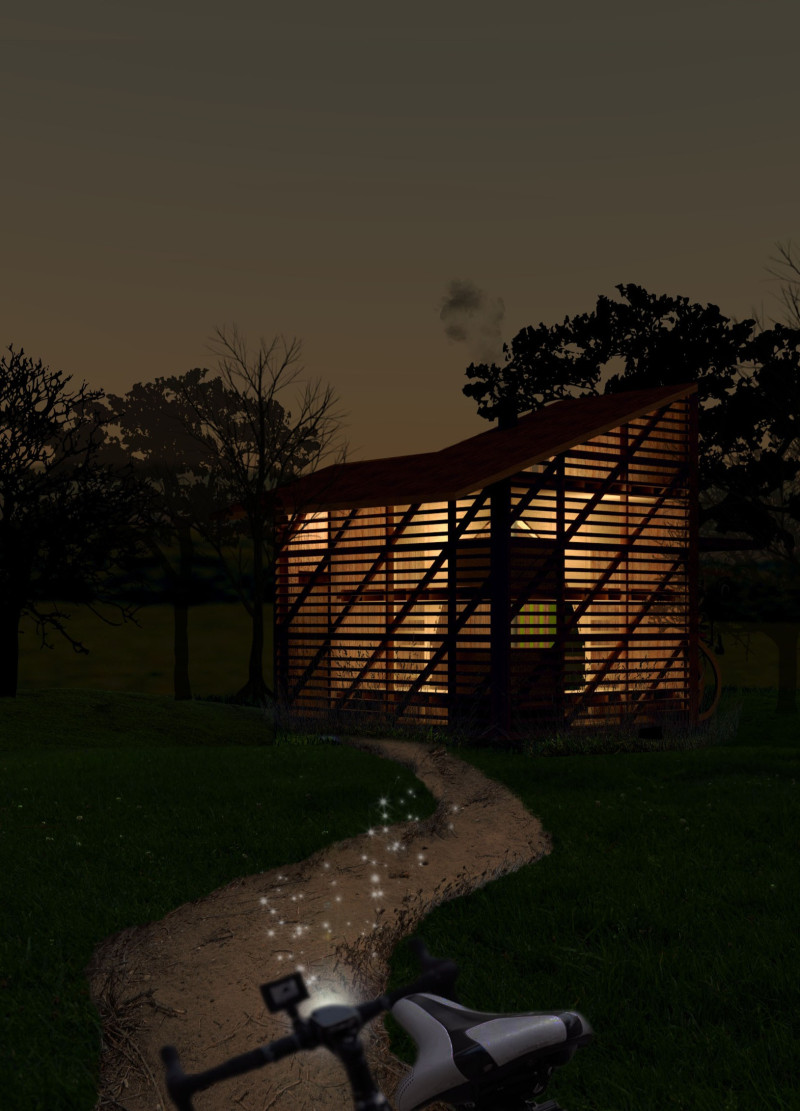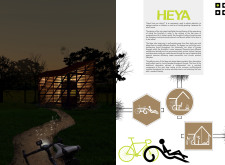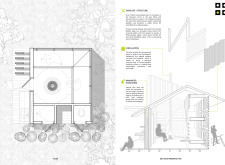5 key facts about this project
The Heya velo stops are placed along the EuroVelo 6 route, which is a popular cycling path that goes through various historic cities in Europe. Their purpose is to provide cyclists with a place to rest and connect with the surroundings. The design encourages users to slow down, mirrored in the phrase “Heya! How you doing?” which invites a friendly exchange among travelers.
Historical Architecture Reference
Much of the design takes inspiration from the architectural styles found in the cities along the cycling route. Elements such as arches, decorative motifs, and symmetrical layouts are incorporated into the stops. This blend of old and new helps create a space that acknowledges the rich history of the area while catering to modern needs. The use of these design features gives the velo stops a distinct identity that links them to the culture and traditions of their surroundings.
Multifunctional Spaces
Each velo stop is designed with flexibility in mind, allowing it to serve multiple purposes. In the basic configuration, the module offers a horizontal surface where cyclists can securely lock their bikes and take a break. An extended version provides seating options, creating areas for social interaction among users. When the structure is positioned vertically, it offers shelter from the elements. This adaptability makes the stops useful in different weather conditions and encourages spending time in the space.
Sustainable Materiality
Sustainability is a key aspect of the design, with the main structural elements made from wood sourced from recycled pallets. This choice connects the project to environmentally friendly practices while employing materials that reflect historical building traditions. The addition of polycarbonate panels allows light to enter while providing protection from UV rays, creating a comfortable atmosphere for users.
Centralized Interaction
The layout encourages movement and interaction among cyclists. Inspired by the symmetries of gothic and renaissance architecture, the design guides users toward a central fireplace. This feature acts as a gathering point, promoting social connections and enhancing the overall experience for travelers on the EuroVelo 6 route.
One notable aspect of the design is the use of decorative motifs that originate from historic church facades, turning them into functional elements that enrich the space while giving it a sense of place and history.





















































